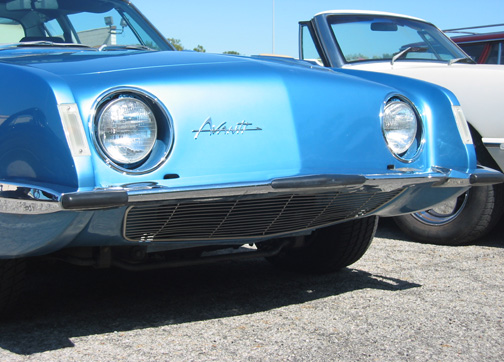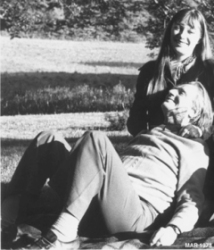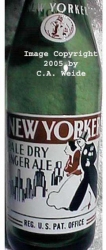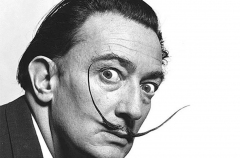
Raymond Loewy (1893-1986) was born in Paris in 1893, and by the age of 15 had designed the Ayrel model airplane that won the Coupe Aeronautique Gordon Bennett in 1908, and which he was (typically) producing for sale by 1909. This early success and focus on design-driven sales was a consistent hallmark in Loewy's career. He said "Between two products equal in function,form,and quality, the better-looking one will outsell the other." Arguably the most successful industrial designer of the 20th century, certainly the industry's first great name and public face, Loewy always linked the commercial goals of sales and profits to quality of design. After serving as a French Army captain and winning a Croix de Guerre in WW1, Loewy emigrated to the USA, where he worked in New York City as a window-dresser at stores such as Macy's and Saks, and as a fashion illustrator for Vogue and Harper's Bazaar. In 1929 his first industrial design commission required that he redesign a copying machine for the Gestetner Company. By encasing the mechanical parts in a simple sheetmetal case, Loewy at once reduced the danger inherent in exposure of workers to the machine's moving parts, and created the first recognizable industrial design success- the redesign of a product to increase potential sales as well as utility. Loewy soon added corporations such as Westinghouse, Sears-Roebuck, and Hupp Motors to his client list and decades-long dominance of American commercial design. The Lucky Strike pack, Greyhound logo and Sceni-Cruiser bus, Exxon and Shell corporate logos, and the Postal Service "Eagle" are among his most visible projects, while the JFK stamp and interiors for Air Force One, Skylab, and the Space Shuttle attest to the power and range of his firm's projects. For over 50 years, Loewy also produced designs for transportation, furniture,and objects that not only advanced his career, but also helped define stylistic movements such as Streamline. His famous 1933 pencil sharpener appeared in a chromed teardrop case, while his use of ribbed surfaces, chrome strips, and rounded ends created the illusion of speed, power, and efficiency that characterize Streamline. Refrigerators, vacuums, and movie marquees all received the treatment, and so became attractive and suitable for uncritical mass consumption. Lowey's locomotive designs (GG-1, S-1, T-1) likewise epitomized the style of their era, while also embodying a more practical application of streamlining's original goal of optimal engineered airflow. In the automobile world, his lavish long-term association with Studebaker produced the Commander series, notably the Starliner model, and the landmark Avanti of 1961-62. Although Studebaker 's car business failed, as did several later efforts to produce Avantis, the original design is still widely acknowledged for its influence on nearly all modern car designs. The Avanti's fiberglass body, reduced overhangs, wedge shape with no grill or fins, limited chrome and powerful motor set new standards for both car designers and enthusiasts. When an Avanti set the new land speed record for a stock American car at Bonneville in 1962 (168 mph), Loewy's automotive legacy was enshrined. Loewy's career arched across 5 decades, producing more success in the 60s and 70s, and culminating in a 1976 retrospective of his work at the Renwick Gallery in Washington DC. While his public and commercial success were often criticized by fellow designers, Loewy's outsized ego and personality helped propel their industry toward its' current mature state.




.png)